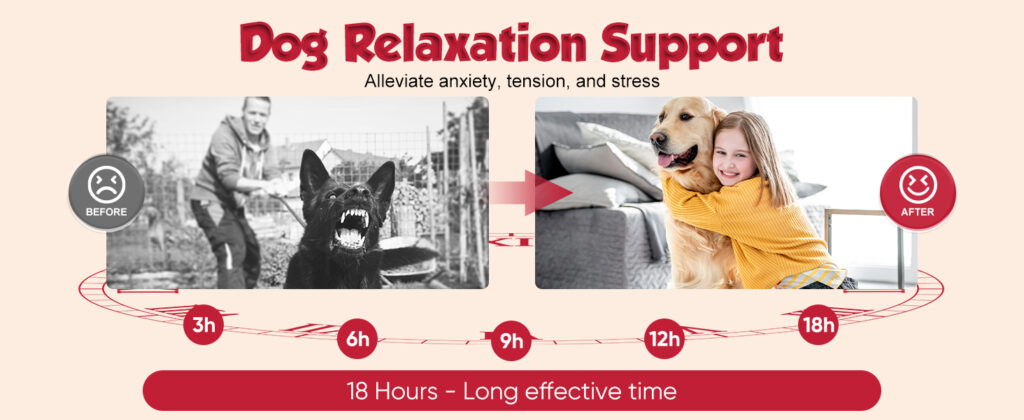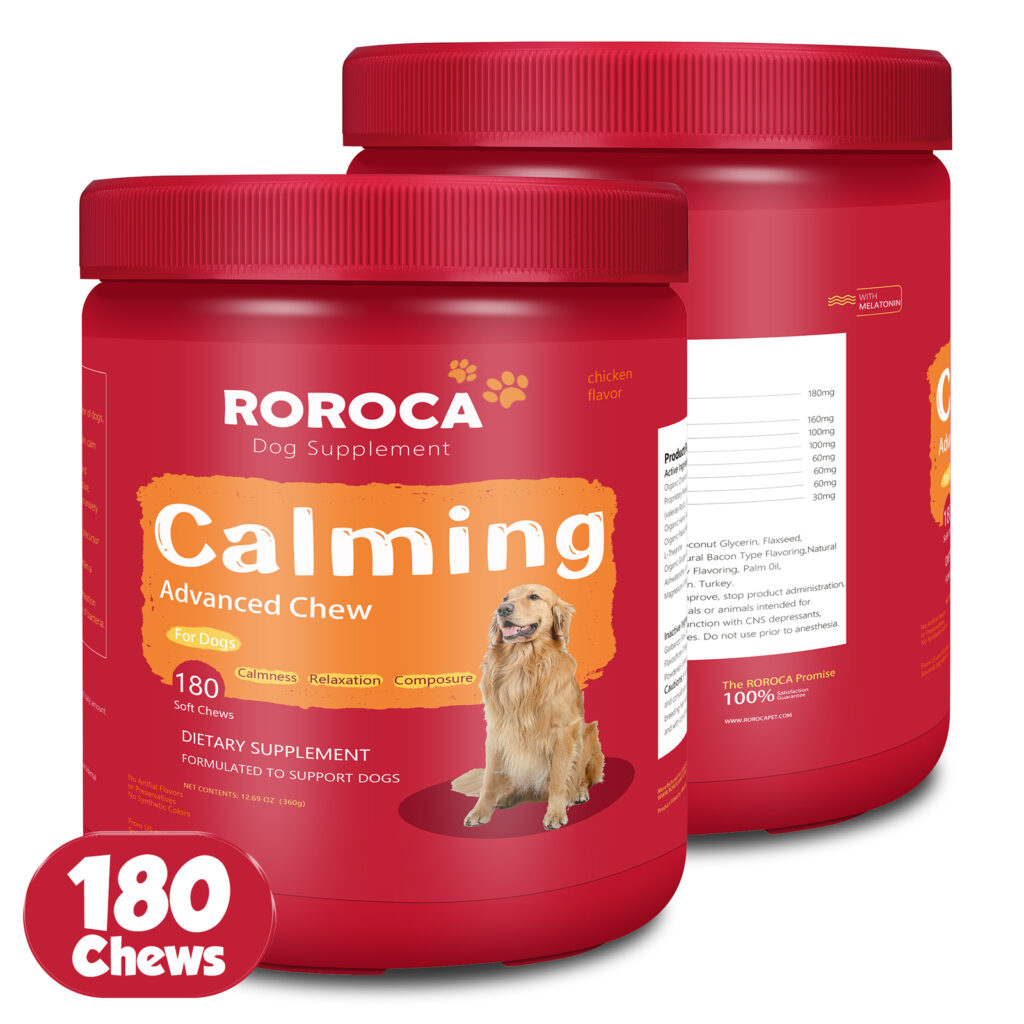Your cart is currently empty!
Severe Anxiety in Dogs Symptoms: Recognizing & Addressing Critical Stress Signs
·
— How to Identify Emergency Stress Signals and Restore Your Dog’s Calm
Severe anxiety in dogs symptoms isn’t just occasional whining or pacing – it’s a debilitating condition that risks physical and emotional harm. 1 in 7 dogs develops severe anxiety requiring intervention, yet 60% of owners miss critical symptoms (2024 AVMA Report). This guide decodes severe anxiety in dogs symptoms, from self-injury to life-threatening panic, and provides actionable steps to protect your pup.
5 Critical Symptoms of Severe Anxiety in Dogs
1. Self-Destructive Behaviors
-
Examples:
- Compulsive licking/chewing until raw (acral lick granulomas).
- Biting paws or tail until bleeding.
- Science: Chronic stress depletes endorphins, driving dogs to seek pain relief through self-harm (Journal of Veterinary Behavior, 2023).
2. Prolonged Vocalization
-
Red Flags:
- Non-stop barking/howling for >30 minutes post-departure.
- High-pitched screams (indicating terror, not boredom).
- Data: Dogs with severe separation anxiety vocalize 4x longer than mild cases.
3. Destructive Escapes
-
Behaviors:
- Breaking teeth on crate bars.
- Scratching doors/windows until injured.
- Risk: 22% of escape attempts result in fractures or lacerations (Pet Emergency Clinic Survey).
4. Life-Threatening Panic Attacks
-
Symptoms:
- Collapsing from hyperventilation.
- Vomiting/diarrhea from adrenaline surges.
- Temporary blindness (stress-induced).
- Action Required: Immediate vet intervention to prevent cardiac strain.
5. Aggression Toward Self or Others
-
Manifestations:
- Snapping at invisible threats (hallucinations).
- Attacking caregivers during panic episodes.
- Vet Alert: Sudden aggression often signals neurological stress, not dominance.

How Severe Anxiety Differs From Mild Stress
| Factor | Mild Anxiety | Severe Anxiety |
|---|---|---|
| Duration | Subsides in <30 mins | Lasts hours, even post-trigger |
| Physical Harm | Rare | Common (wounds, fractures) |
| Response to Comfort | Calms with petting | Ignores comfort or escalates |
| Medication Need | Often unnecessary | Usually required |
Vet Insight:
“If your dog injures themselves or others during anxiety episodes, it’s a medical emergency – not a training issue.” – Dr. Lisa Carter, DVM, DACVB
3 Steps to Manage Severe Anxiety in Dogs Symptoms
1. Immediate Crisis Intervention
-
Secure the Environment:
- Use a muzzle (if safe) to prevent self-injury.
- Move to a padded, windowless room.
-
Fast-Acting Supplements:
- L-Theanine (100mg): Reduces cortisol in 15–20 mins.
- Magnolia Bark: Blocks adrenaline without sedation.

2. Veterinary Behaviorist Consultation
-
Tests to Expect:
- Thyroid panel (hypothyroidism mimics anxiety).
- MRI/CT scan to rule out brain tumors.
-
Common Prescriptions:
- SSRIs (fluoxetine) for long-term management.
- Trazodone for situational crises.
3. Long-Term Management Protocol
-
Daily Supplements:
- Probiotics: BL999 strain boosts gut serotonin.
- Omega-3s: Reduce neural inflammation (Frontiers in Veterinary Science, 2024).
-
Behavioral Therapy:
- Desensitization training (3–6 months minimum).
- Canine cognitive behavioral therapy (CCBT).
4 Mistakes That Worsen Severe Anxiety
- ❌ Using Punishment: Increases fear – never yell or spray water.
- ❌ Ignoring Medical Causes: 30% of “anxiety” cases are pain-related.
- ❌ Over-Sedating: High-dose Benadryl or melatonin risks organ damage.
- ❌ Delaying Vet Care: Brain tumors and seizures mimic anxiety.
FAQs: Severe Anxiety in Dogs Symptoms
Q: Can severe anxiety kill a dog?
A: Yes! Panic-induced heart failure, heatstroke from overexertion, or self-inflicted trauma can be fatal.
Q: Should I rush to the ER for dog panic attacks?
A: If your dog collapses, vomits repeatedly, or shows seizure-like activity – YES.
Q: Are calming supplements enough for severe anxiety?
A: No – they aid but can’t replace prescription meds in critical cases.
Leave a Reply